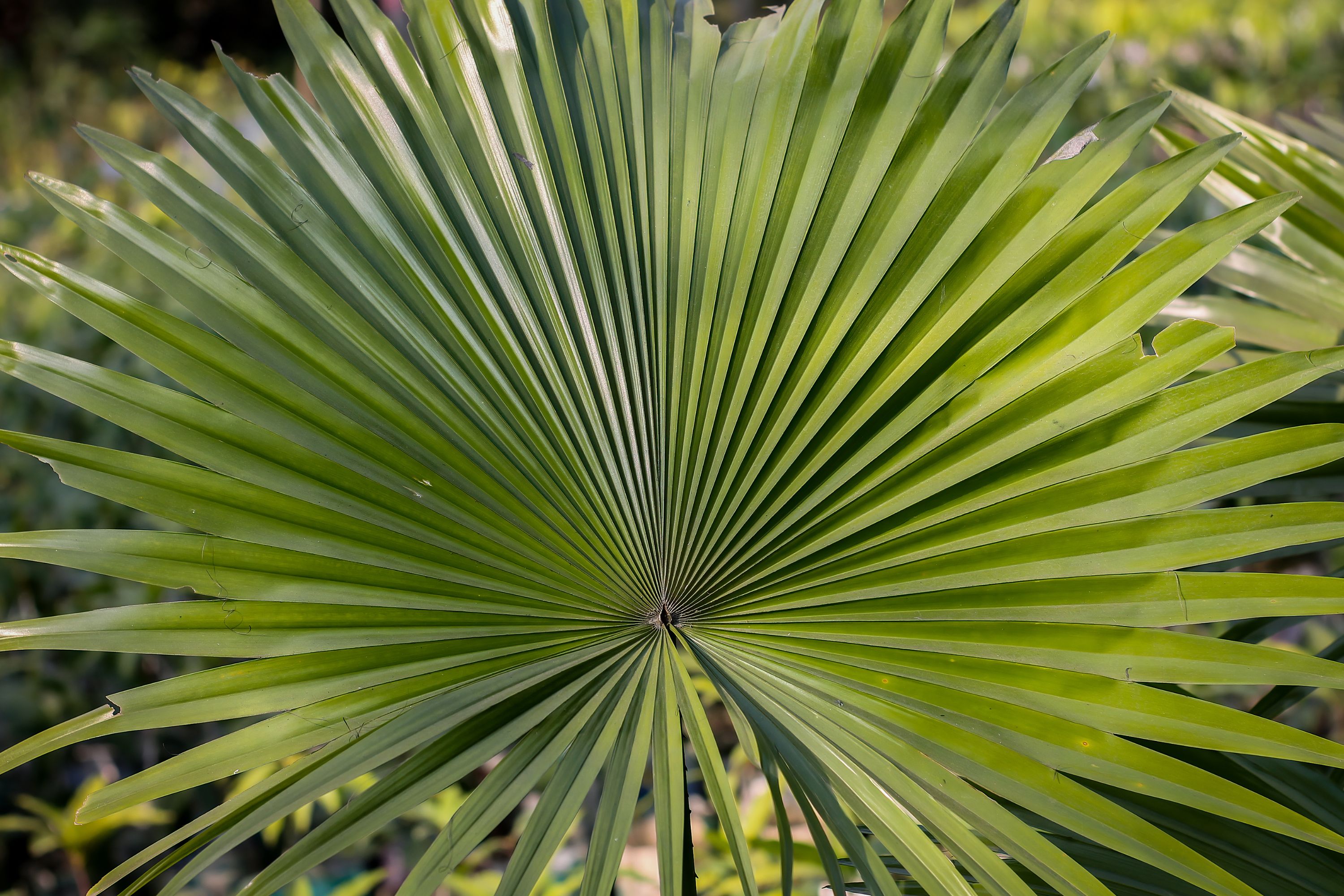"Saw palmetto "
(Serenoa repens)

Description
Serenoa repens, commonly known as saw palmetto, is the sole species currently classified in the genus Serenoa. It is a small palm, growing to a maximum height around 7–10 ft (2.1–3.0 m). It is endemic to the subtropical and tropical Southeastern United States, most commonly along the south Atlantic and Gulf Coastal plains and sand hills. It grows in clumps or dense thickets in sandy coastal areas, and as undergrowth in pine woods or hardwood hammocks. Erect stems or trunks are rarely produced, but are found in some populations. It is a hardy plant; extremely slow-growing, and long-lived, with some plants (especially in Florida) possibly being as old as 500–700 years. Saw palmetto is a fan palm, with the leaves that have a bare petiole terminating in a rounded fan of about 20 leaflets. The petiole is armed with fine, sharp teeth or spines that give the species its common name. The teeth or spines are easily capable of breaking the skin, and protection should be worn when working around a saw palmetto. The leaves are light green inland, and silvery-white in coastal regions. The leaves are 1–2 m in length, the leaflets 50–100 cm long. They are similar to the leaves of the palmettos of genus Sabal. The flowers are yellowish-white, about 5 mm across, produced in dense compound panicles up to 60 cm long. The fruit is a large reddish-black drupe and is an important food source for wildlife and historically for humans. The plant is used as a food plant by the larvae of some Lepidoptera species such as Batrachedra decoctor, which feeds exclusively on the plant. Indigenous names are reported to include: tala or talimushi ("palmetto's uncle") in Choctaw; cani (Timucua); ta ́:la (Koasati); taalachoba ("big palm", Alabama); ta:laɬ a ́ kko ("big palm", Creek); talco ́:bˆı ("big palm", Mikasuki); and guana (Taino, possibly).Saw palmetto fibers have been found among materials from indigenous people as far north as Wisconsin and New York, strngly suggesting this material was widely traded prior to European contact. The leaves are used for thatching by several indigenous groups, so commonly that a location in Alachua County, Florida, is named Kanapaha ("palm house"). The fruit may have been used to treat an unclear form of fish poisoning by the Seminoles and Bahamians.
Taxonomic tree:







